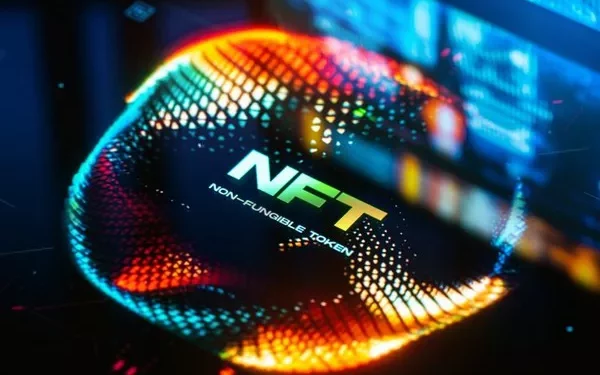Over the past few years, non-fungible tokens (NFTs) have taken the world by storm. These unique digital assets have been used to represent everything from artwork and music to sports memorabilia and virtual real estate. But with so many NFTs in circulation, it’s hard to know just how many of them exist. In this article, we’ll dive into the world of NFTs and explore just how many of these one-of-a-kind tokens are out there.
-
What is an NFT?
Before we get into the numbers, let’s take a moment to define what exactly an NFT is. Simply put, an NFT is a digital asset that represents ownership of a unique item or piece of content. Unlike fungible tokens like Bitcoin or Ethereum, which are interchangeable, each NFT is distinct and can’t be replicated. This makes NFTs highly valuable, especially for collectors who want to own a piece of digital history.
-
How Many NFTs Exist?
Now, let’s get to the heart of the matter: how many NFTs actually exist? The short answer is, no one knows for sure. Because NFTs are created on various blockchain platforms, it’s difficult to accurately track the total number of tokens in existence. However, we can make some educated guesses based on the data that is available.
According to NonFungible.com, which tracks NFT market data, there were approximately 10.7 million NFT transactions in the first quarter of 2021, with a total value of around $2 billion. While not all of these transactions represent unique NFTs (some may be multiple purchases of the same token), it’s clear that the NFT market is booming.
In terms of specific NFT projects, the most well-known is probably CryptoKitties, which launched in 2017. According to its website, there have been over 2.8 million CryptoKitties transactions, with a total volume of over $40 million. Other popular NFT projects include NBA Top Shot, which allows fans to own unique video clips of their favorite basketball players, and Rarible, a marketplace for buying and selling one-of-a-kind digital assets.
-
Why Are NFTs So Popular?
So, why are NFTs so popular? There are several reasons. For one, they allow creators to monetize their digital content in new ways. Artists, musicians, and other content creators can sell one-of-a-kind NFTs of their work, giving fans a way to support them financially while also owning a unique piece of art or music.
NFTs are also attractive to collectors, who see them as a way to invest in digital assets that could increase in value over time. Because each NFT is unique, it’s possible for rare tokens to become highly sought-after, driving up their value in the secondary market.
Finally, NFTs are seen as a way to establish ownership of digital assets in a world where copying and sharing content online is easy and almost inevitable. By creating an NFT of their work, creators can prove that they are the original owners and even set rules around how that work can be used or displayed.
Conclusion:
In conclusion, while it’s difficult to say exactly how many NFTs exist, there’s no denying that these unique digital assets are taking the world by storm. With billions of dollars worth of transactions and countless new projects popping up every day, it’s clear that the NFT market is here to stay. Whether you’re a creator looking to monetize your work, a collector looking for the next big thing, or just someone interested in the cutting edge of digital ownership, NFTs are definitely worth keeping an eye on.
RELEATED READING:
-
NFT Investing 101: How to Make Money with Non-Fungible Tokens
-
Decoding the Magic of NFTs: How Non-Fungible Tokens Work
-
Top NFT Coins You Should Know About
-
Investing in NFTs: A Comprehensive Guide to Purchasing NFT Stocks

















